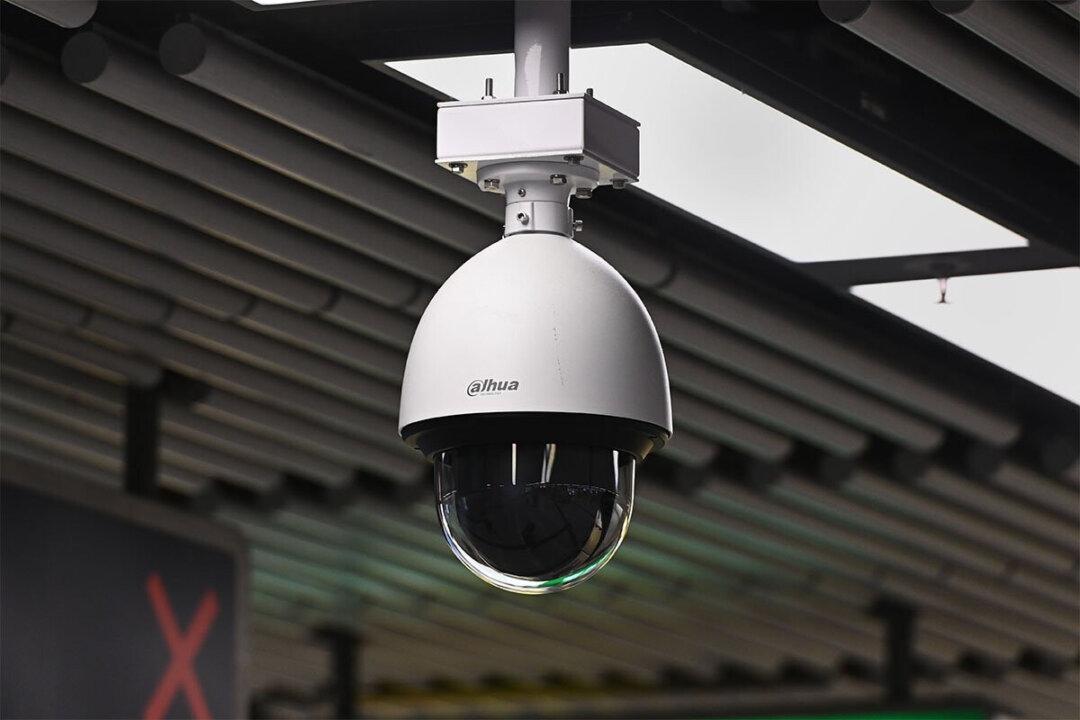The Hong Kong police recently applied for HK$360 million ($46 million) funding to establish a central digital image platform for storing evidence. When responding to a question from a legislator, Secretary for Security Chris Tang confirmed that the new platform would include facial recognition features in the future.
In the post-National Security Law era, the Hong Kong authorities’ stance on facial recognition systems has evolved from initially denying or being evasive and hastily clarifying when questioned to openly stating that they do not rule out adding such technology.




